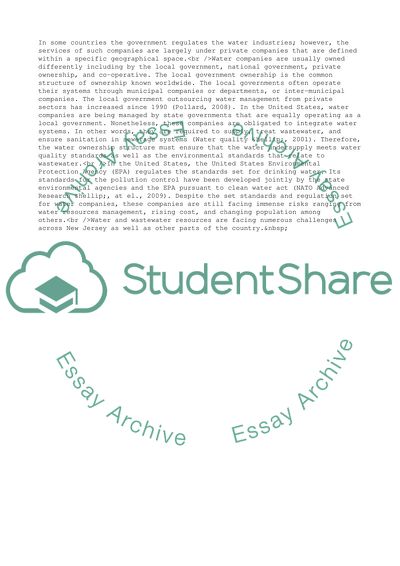Cite this document
(Summative Assessment Project Coursework Example | Topics and Well Written Essays - 1750 words, n.d.)
Summative Assessment Project Coursework Example | Topics and Well Written Essays - 1750 words. https://studentshare.org/management/1615033-summative-assessment-project
Summative Assessment Project Coursework Example | Topics and Well Written Essays - 1750 words. https://studentshare.org/management/1615033-summative-assessment-project
(Summative Assessment Project Coursework Example | Topics and Well Written Essays - 1750 Words)
Summative Assessment Project Coursework Example | Topics and Well Written Essays - 1750 Words. https://studentshare.org/management/1615033-summative-assessment-project.
Summative Assessment Project Coursework Example | Topics and Well Written Essays - 1750 Words. https://studentshare.org/management/1615033-summative-assessment-project.
“Summative Assessment Project Coursework Example | Topics and Well Written Essays - 1750 Words”. https://studentshare.org/management/1615033-summative-assessment-project.


